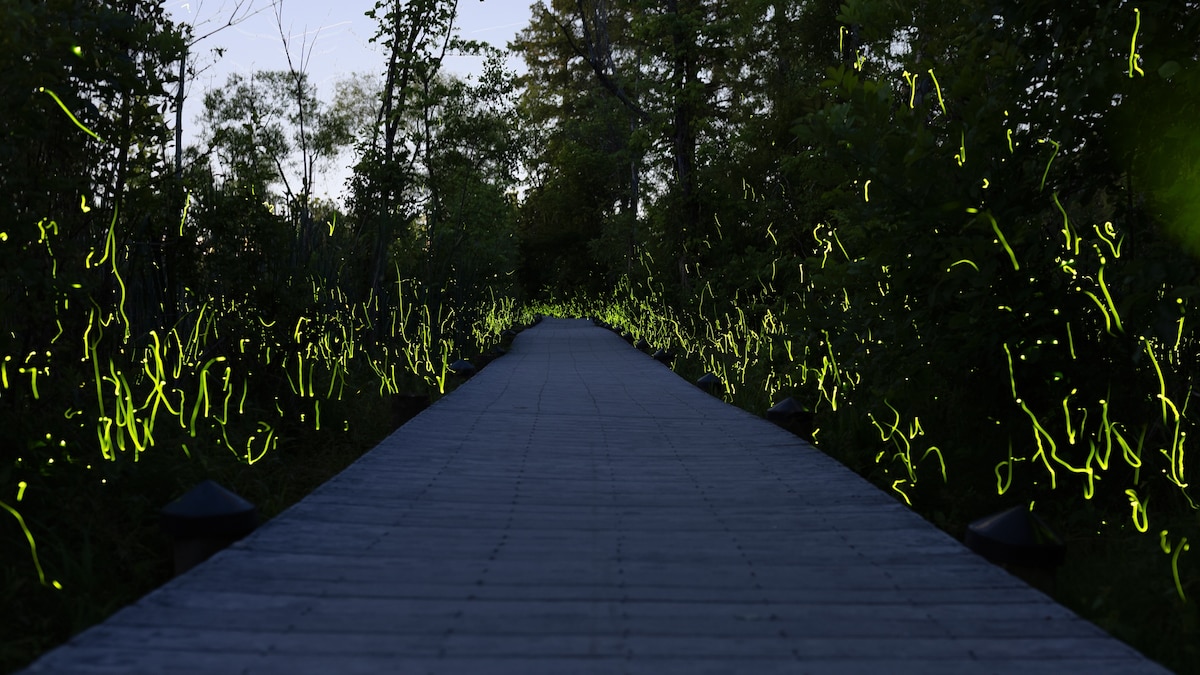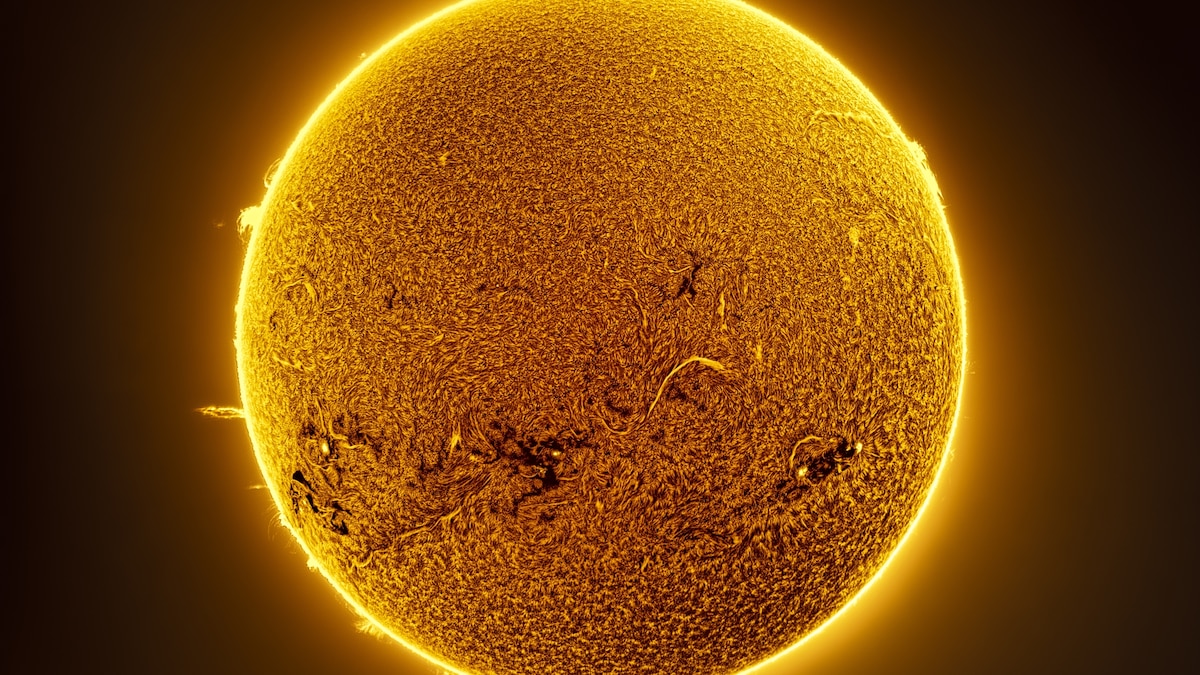Now Reading: Unexpected Havens: Fireflies Thrive in Unlikely Places
-
01
Unexpected Havens: Fireflies Thrive in Unlikely Places
Unexpected Havens: Fireflies Thrive in Unlikely Places

Speedy Summary
- urban fireflies continue to thrive in major U.S. cities like New York city and Washington, D.C., despite challenges such as light pollution.
- Conservation photographer Sriram Murali highlights their resilience through photographs, including rare dot-dash fireflies (Photuris pensylvanica) on Roosevelt Island.
- Artificial lighting disrupts firefly communication and reproduction as they rely on bioluminescent signals for courtship.
- Habitat loss, pesticides, and climate change also threaten global firefly populations; studies show 20% of assessed species face extinction risks.
- Experts recommend reducing outdoor lighting, limiting pesticide use, encouraging native vegetation growth, and supporting initiatives like the Firefly Atlas citizen science project to protect thes insects’ habitats.
Indian opinion Analysis
The persistence of urban fireflies amidst environmental challenges demonstrates remarkable adaptability in wildlife but raises concerns about humanity’s impact on ecosystems globally.For India, where nocturnal biodiversity is similarly crucial yet frequently enough overlooked due to escalating urbanization and unchecked light pollution, this serves as a call for greater awareness toward lasting advancement practices that balance ecological needs with modernization goals. Simple measures such as dimming lights or promoting green spaces could profoundly benefit local populations of insects like glowworms while aligning with broader conservation objectives.
























